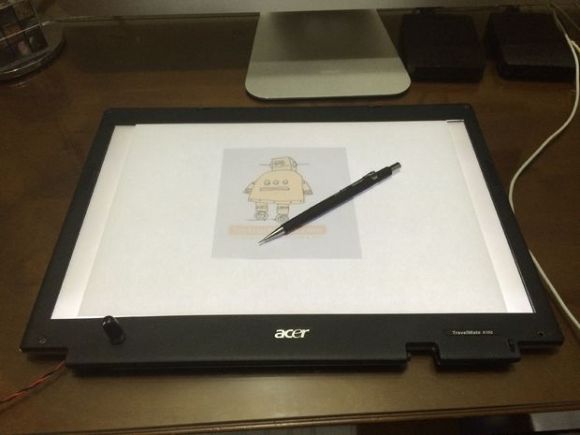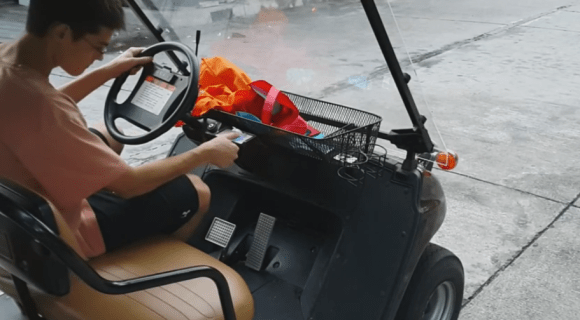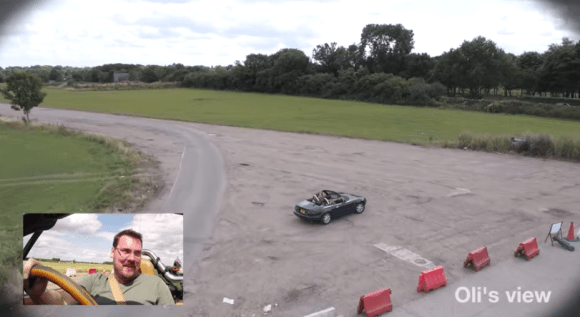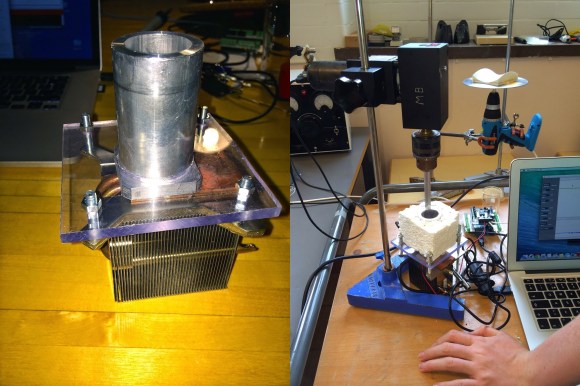
If you’re like most of us here at Hack a Day, you probably shudder at the amount of e-waste that gets thrown out — here’s a clever way to make some good use out of a broken laptop screen!
[Victor] recently received a broken laptop from a friend, and as it turned out, only the LCD was broken. It’s old though so he didn’t want to buy a new screen for it. Instead he chopped it in half and used the functioning half as a media HTPC for his TV. He was about to trash the screen when he had an idea — the LCD was busted, but the back light wasn’t!
He carefully took apart the screen and removed the LCD portion, making sure to leave the back-light and various filters in place. The tricky part is getting the back light to work, and even that’s not too difficult. Depending on your donor laptop it may be an LED or CCFL back light — if it’s LED, it’s pretty simple, if it’s CCFL, you’ll have to figure out how to power the inverter board to get it to work. [Victor] reverse-engineered his and found a schematic for the inverter online, throwing together a little circuit to give it power — he even added a potentiometer to have variable brightness!
Continue reading “From Broken Laptop Screen To Portable Light Table”
















